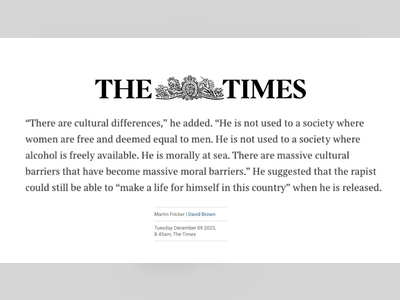
Chikungunya also present in BVI! Suspected dengue cases over 100
This is according to the National Epidemiologist, Harmonie Brewley-Massiah who revealed the alarming statistics in a recent online forum.
She did not state the total number of confirmed chikungunya cases but said: “They are similar to dengue, which is why usually if you’re presenting with the symptoms, they’ll usually do a test to determine whether or not its chikungunya versus dengue.”
Over 100 suspected dengue cases
At the time of the live forum on Thursday, October 22, Brewley-Massiah said the total number of confirmed dengue fever cases increased to from 59 to 67.
And when including suspected dengue cases that have not yet been laboratory-confirmed but diagnosed by a doctor, she said the total number stands at 105 cases.
Of the confirmed cases, Massiah said a higher percentage of the patients hospitalised were males.
“When we also look at the age range that is most affected, it is between zero to nine age range. They account for almost 22 percent of our cases. This is then followed by the 20 to 29 age range,” the epidemiologist explained.
“When we look at hospitalised cases, we have approximately 35 percent of our cases having [been] hospitalised and 54 percent of the hospitalised cases are male. So again, we’re seeing a male skew. And of the 35 percent of the hospitalised cases, the most affected age range was the under-10s,” she added.
Brewley-Massiah also said she believes the high percentage of cases presenting in the male population may correlate to the amount of time being spent outdoors or the type of leisure activities men in the territory are involved in when compared to females.
New dengue strain in the BVI
According to the data available, the epidemiologist said she believes a new variation of dengue fever is presently within the territory.
She said the disease is usually categorised into four strains — Dengue Fever Type 1, 2, 3 and 4. But due to the recent flare up of cases, an official test will have to be conducted to confirm the strain.
“In the past, we did have Type 1 and 2 circulating but we are not quite sure what type we have now so we are actually going to be sending away samples so that we can update our current dengue profile because whenever you have an outbreak, it’s usually from the introduction of another type into the country,” she stated.
“With respect to severe dengue, it’s usually associated with Type 3 and at present, we currently have one case of severe dengue here in the territory which definitely means that we might have an introduction of another type, and which is why right now we are going to be addressing the increases that we have been seeing in the number of reported cases we have been getting into the unit,” she explained.
Reasons for spike in cases
Brewley-Massiah said the rainy season coupled with neglected cisterns and other poor practices that lead to mosquito breeding is the reason behind the present spike.
She said: “We typically see increases between January to April and then there is a lull, and then it spikes again in September, October, November and that tends to correlate with our rainy season and, to some extent, our hurricane season.”
“The reason that we are currently seeing this spike is not only because it’s cooler. [But] with more moisture, it means that you have more breeding sites for the mosquitoes and now all of the dormant eggs that the mosquitoes would’ve laid during the summer period, that rain is now going to come and activate them and you’re going to have mosquitoes being produced,” Brewley-Massiah added.
The most common symptoms associated with dengue include a high fever, vomiting, diarrhoea (in some cases), muscle aches and pains, headaches, eye pain, a rash and joint pains.
Persons who believe they may have any of the aforementioned symptoms are advised to contact their respective medical practitioner.











